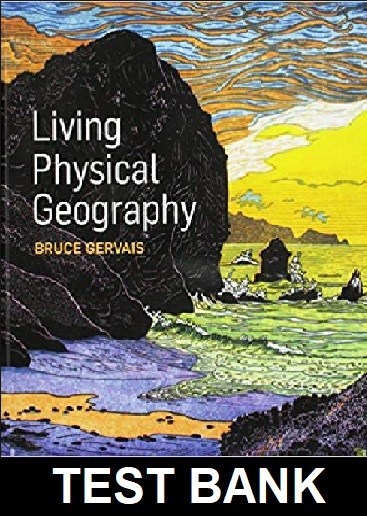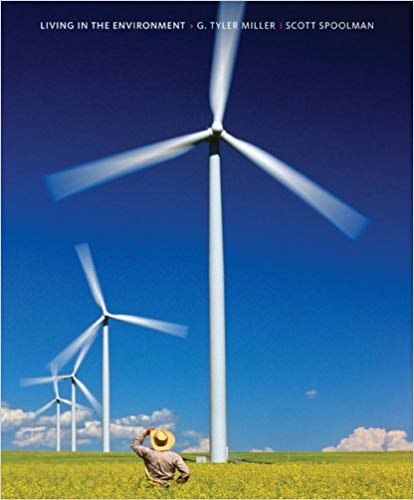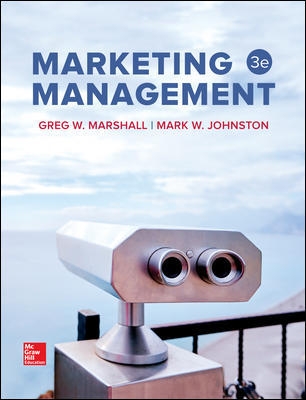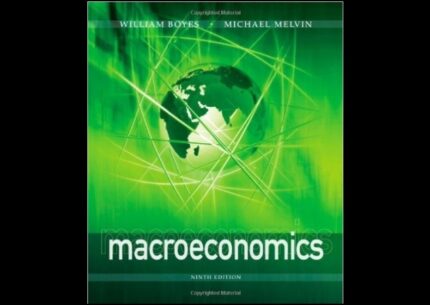Living Physical Geography 1st Edition Gervais – Test Bank
- It takes Earth __________ days to revolve around the Sun. A) 24
B) 202 C) 365.25 D) 278
- It takes Earth __________ hours to complete one rotation on its axis. A) 24
B) 202 C) 365.25 D) 278
- The path that Earth and the other plants follow as they orbit the Sun is called the __________.
- A) subsolar point
- B) plane of ecliptic
- C) axial tilt
- D) circle of illumination
- The farthest position of Earth’s orbit around the Sun is called __________.
- A) aphelion
- B) perihelion
- C) plane of ecliptic
- D) an astronomical unit
- The average distance between Earth and the Sun is __________ million kilometers. A) 149.6
B) 167 C) 180 D) 274.3
- Earth’s North Pole points to __________.
- A) the subsolar point
- B) the plane of the ecliptic
- C) Polaris
- D) the Sun
Page 1
- How fast would you have to travel to stay beneath the subsolar point as it moved along the equator?
- A) 656 kilometers per hour
- B) 909 kilometers per hour
- C) 1,035 kilometers per hour
- D) 1,670 kilometers per hour
- The __________ is the division between night and day.
- A) circle of illumination
- B) solar declination
- C) perihelion
- D) solar altitude
- The __________ refers to the height of the Sun above the horizon at noon.
- A) circle of illumination
- B) solar declination
- C) perihelion
- D) solar altitude
- Over a six-month period, the subsolar point migrates across __________ degrees of latitude.
A) 0
B) 23.5 C) 47 D) 90 - If Earth’s axial tilt were zero, the subsolar point would migrate across __________ degrees of latitude every six months.
A) 0
B) 23.5C) 46 D) 90
- If Earth’s axial tilt were 90 degrees, the subsolar point would migrate across __________ degrees of latitude every six months.
A) 0
B) 23.5C) 46 D) 90














Reviews
There are no reviews yet.